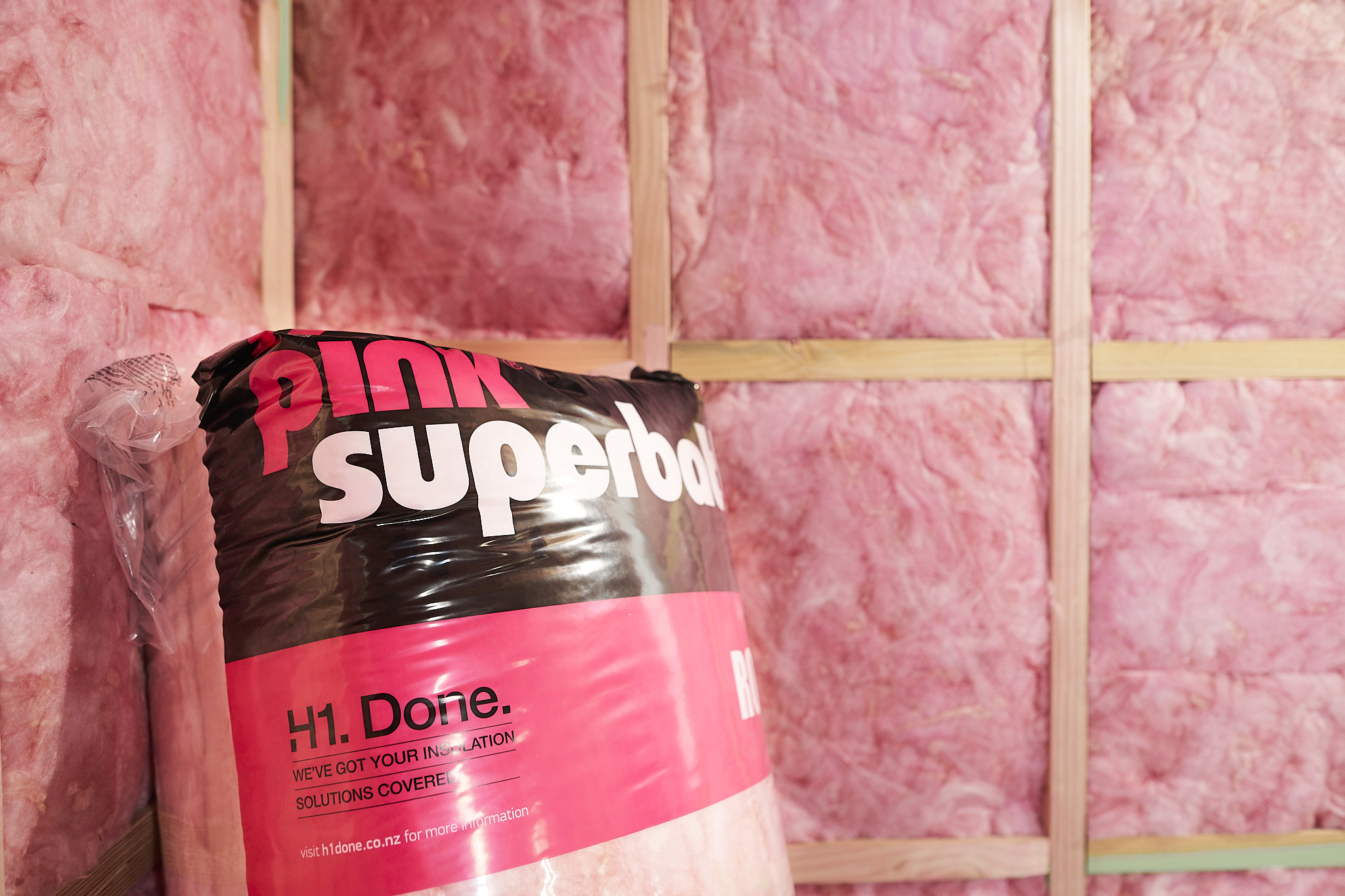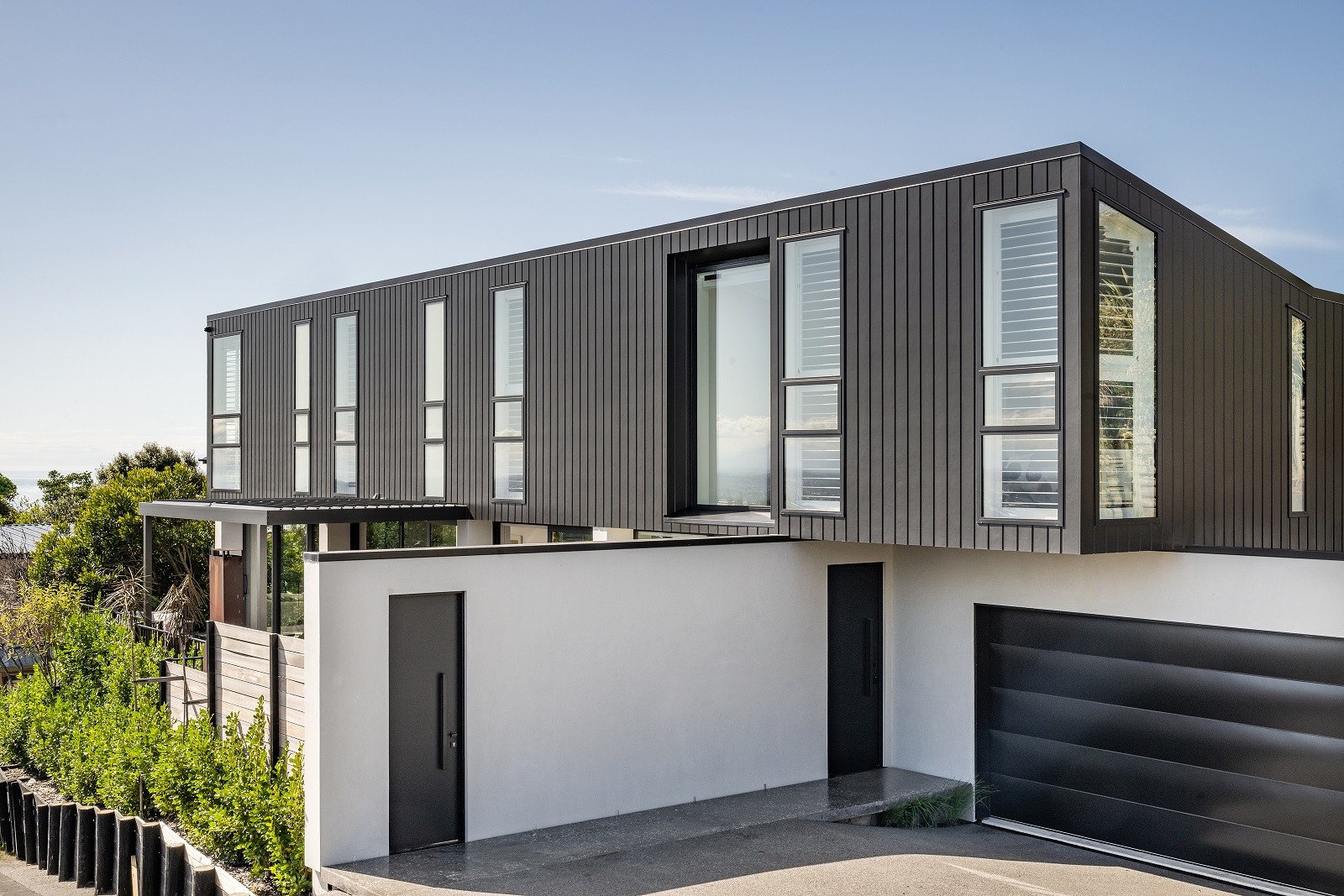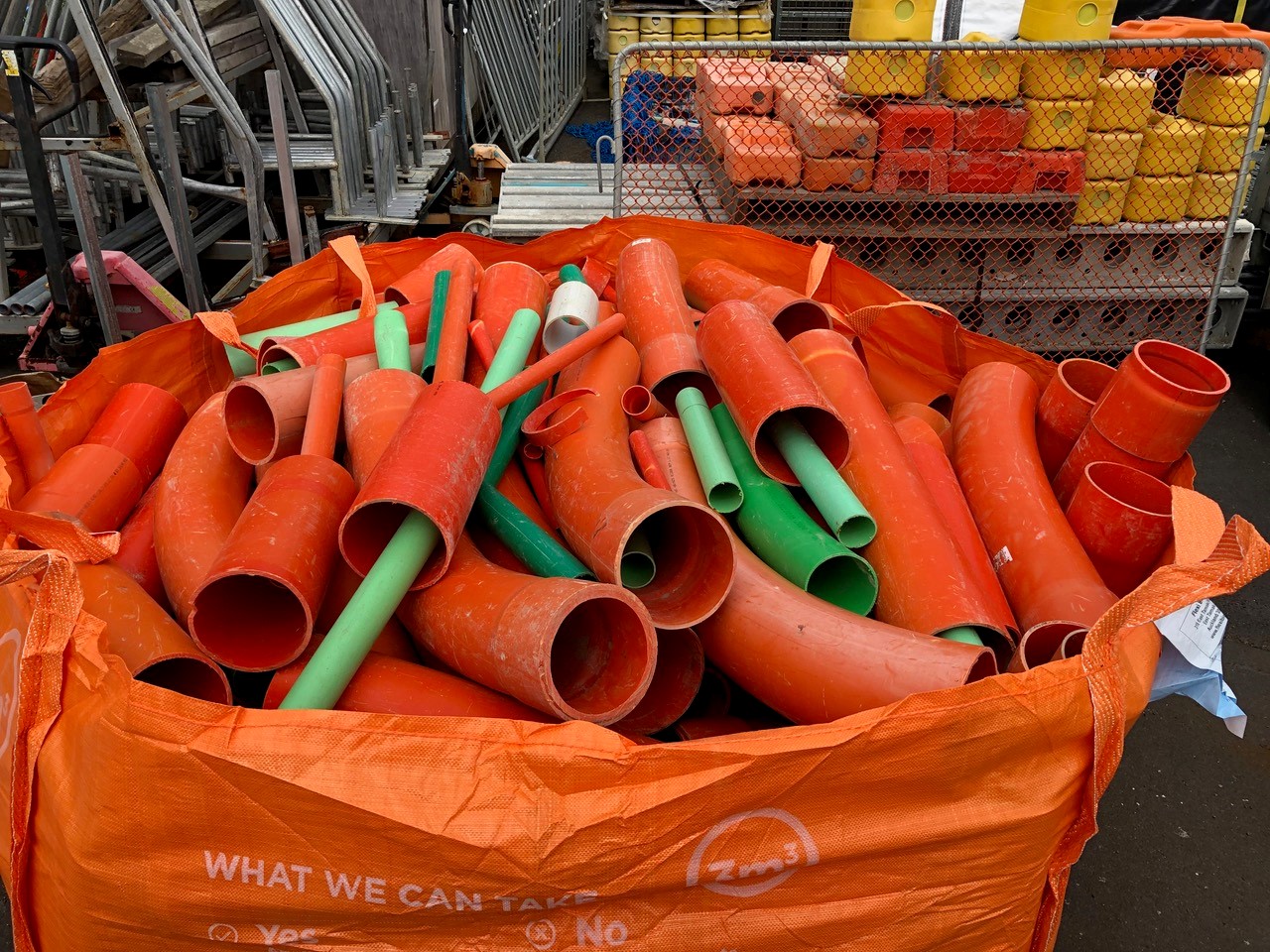Therein lies the fundamental difference between East and West. Chinese build gardens whereas the West plant lawns.
Likewise in New Zealand, the essential grass landing strip at the front of the majority of Kiwi homes is essentially paying homage to the 18th century Lord of the Manor who was the only person in the neighbourhood who could afford the land to grow a lawn, let alone maintain it.
And so it is with architecture, with the Western cities largely grid-patterned and full of oblong buildings reaching as high as the regulatory envelope will allow.
Is it the New Zealander’s love of the rectangular quarter-acre section that sits also at the heart of what we desire in our architecture? Oblong, uncomplicated, practical? Or is it simply the colonial migrant’s drive for austerity and getting the maximum floorspace for every dollar invested?
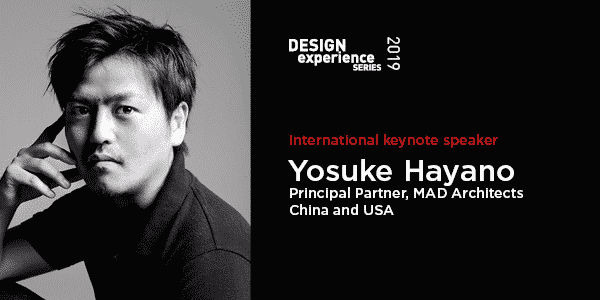
Whatever our motivation, according to Yosuke Hayano, principal partner at MAD Architects (keynote speaker at Design Experience Series in March), it’s time to rethink the city and the Chinese garden metaphor is a good place to start…
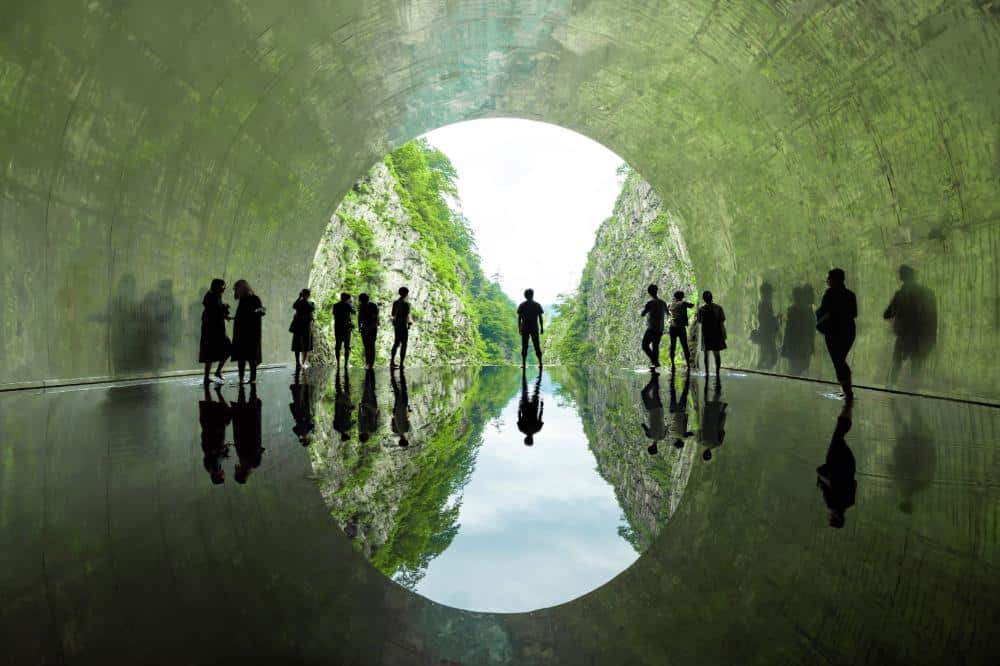
“I am very much looking forward to speaking with New Zealand architects about the role they play in creating a new balance among society, the city and the environment through new architectural forms,” Hayano said.
“When architects design a building, they often consider only the design of that building and not how it adds to other buildings, to the city itself and the cultural and human experience of the people.”
“Architects need to find ways to restore the spiritual harmony between humanity and nature through the integration of contemplative spaces that, while immersing inhabitants in nature, still meet the conveniences of modern day living.”
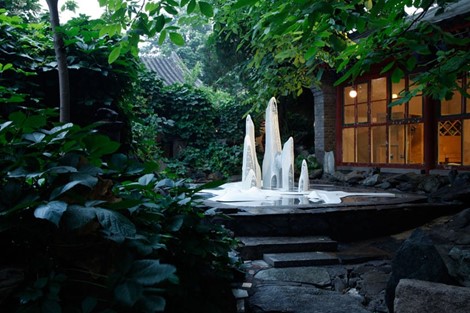
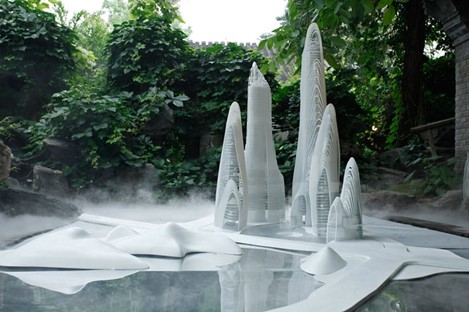
MAD’s projects follow the concept of ‘Shanshui City’, a philosophy created by MAD founder Ma Yansong, that combines the functionality of urban density with the artistic idealisation of natural landscape to compose a future city – one which maintains human spirit and emotion at its core.
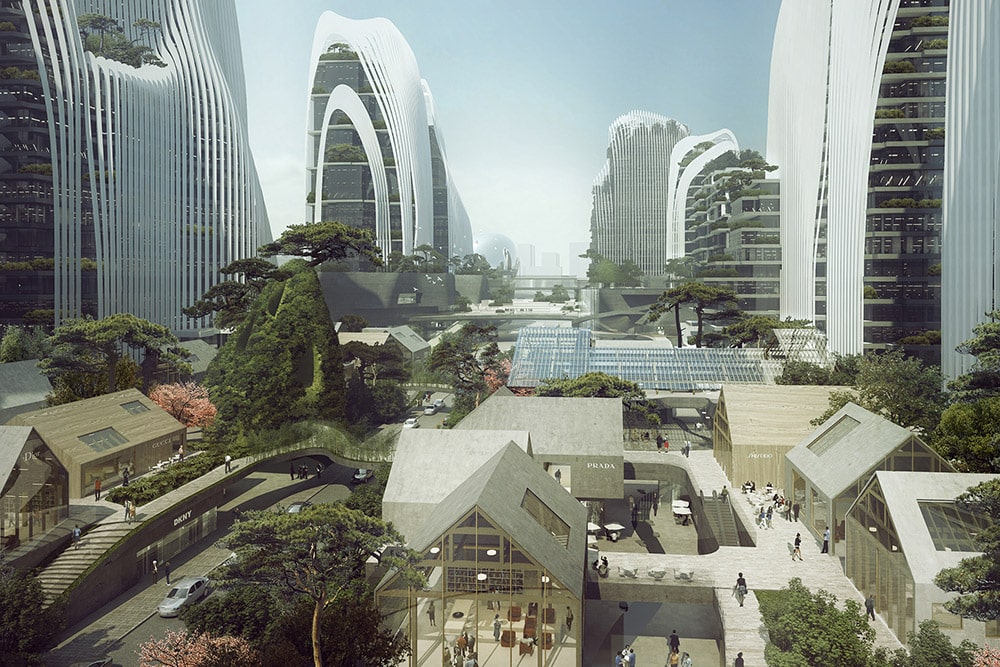
This philosophy is visible in distinctive developments including the Nanjing Zendai Himalayas Center – a 560,000 sqm city-scale urban project that mimics the site’s surrounding mountains and meandering rivers that are essential parts of Chinese aesthetic philosophy. Towers along the edge of the site act as a mountainous backdrop, low-rise buildings are clustered in the middle to create a familiar village atmosphere, while water features such as ponds, waterfalls, brooks, and pools connect buildings and landscapes to integrate all of the Center’s elements.
It is easy to see the influence of the Chinese garden here, with even the tower blocks looking more like smooth rock formations and with detailing that references waterfalls.
Yosuke says that the challenge for architects isn’t just to create a building with an organic shape, but to look at new creative ways to bring nature into the built environment, or to make it appear to be part of nature itself.
The philosophy of this approach is most apparent in the Quzhou Sports Campus in the historic city of Quzhou.
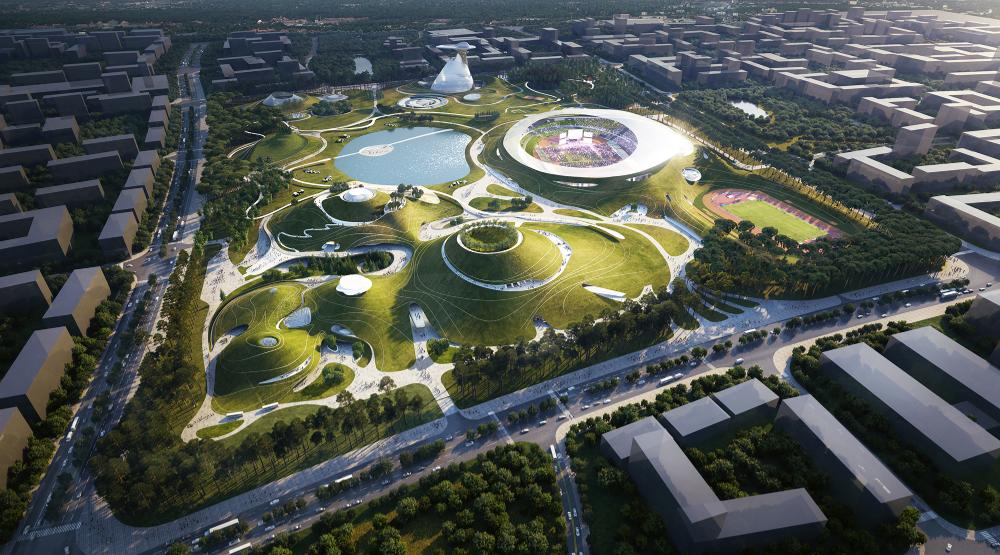
Spanning almost 700,000 square meters, this huge project includes a stadium (30,000 seats), gymnasium (10,000 seats), natatorium (2,000 seats), national sports complex, outdoor sports venue, science and technology museum, hotel accommodation, youth centre and retail programs.
But rather than keeping step with the usual industrial structures usually associated with sports facilities, MAD’s design embeds the functions of the sports park within natural forms, creating an earth-art landscape in the centre of the city – a poetic landscape that falls somewhere between that of Earth and Mars.
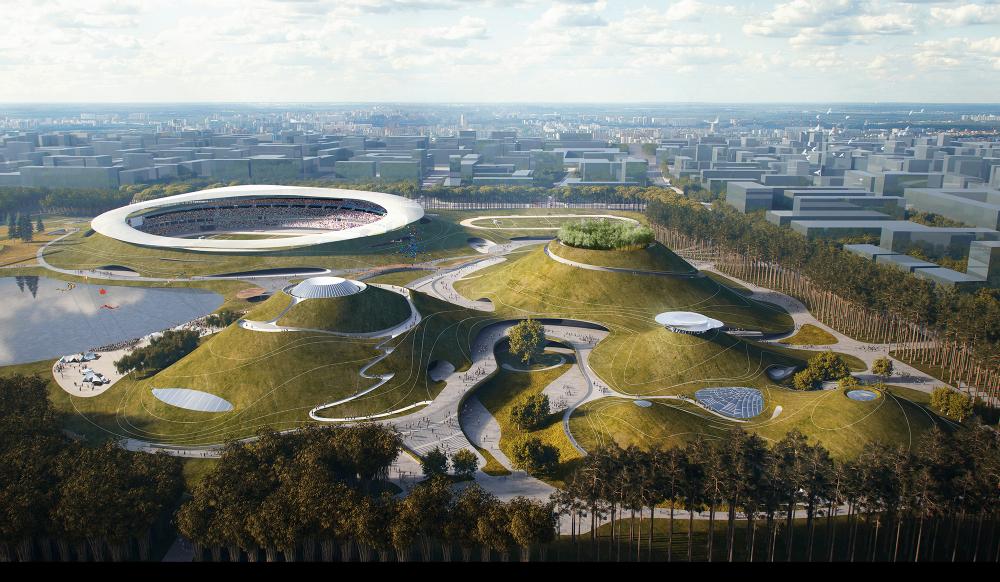
Resembling a crater, the stadium itself sits into the ground, forming a deep space, crowned by a translucent “halo” that gently hovers above the ground like a floating cloud. Its proximity to the earth makes it seem within reach – close but untouchable – inviting people to engage in a dialogue between the earth and the sky, and discover spiritual truth.
The adjacent rolling “hills” on the northeast side form the gymnasium, natatorium, and training centre. The interiors and exteriors of the buildings are connected to nature, providing an openness towards the landscape for people from anywhere, so that they always feel like they are immersed in nature. The exteriors are covered in greenery, which while being energy-saving, are also human-scale and accessible. They invite people to climb the ‘mountain’, walk along the mountain trails, and form a closer physical and emotional connection with heaven and earth.
See this project featured here.
Yosuke notes that the modern city was designed to conquer nature, but with so much of the world now becoming urbanised the future of urban development is about inviting nature back into our built environments and “to pursue the harmonious relationship between man and nature”.
Perhaps it’s time that grids of New Zealand’s developments gave way to the deeper philosophy of Shanshui City.
To hear Yosuke Hayano talking about this topic live, see Design Experience Series for dates and venues. 20 NZRAB and LBP points available.
To read more about MAD Architects, see http://www.i-mad.com.

